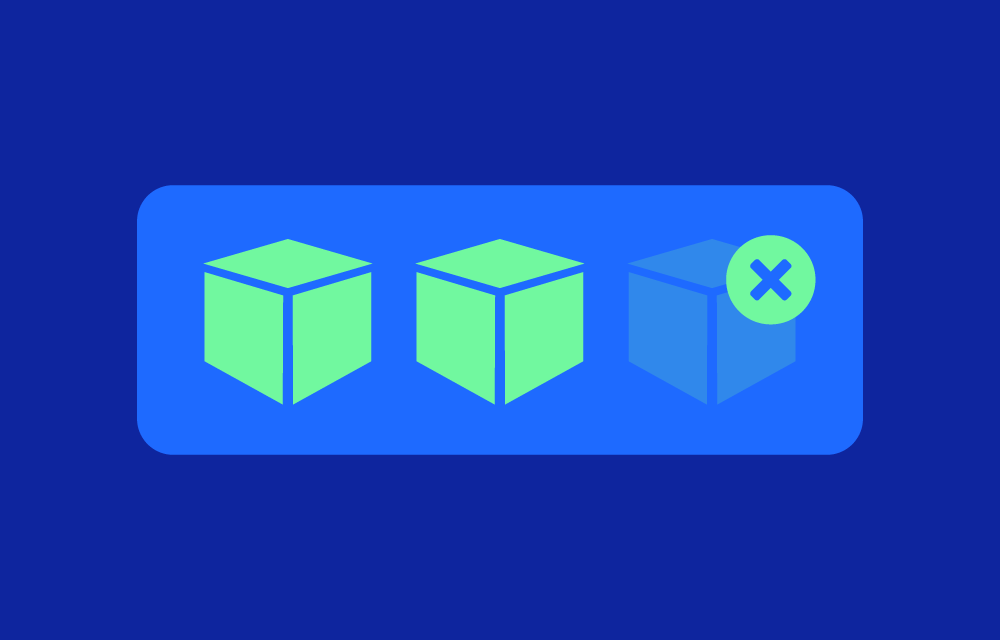For instance, if you set a PDB with minAvailable: 2 for a deployment with three replicas, at least two pods must always be running. Kubernetes uses this information to control disruptions, ensuring availability while allowing operational flexibility.
How to Test a Pod Disruption Budget
Testing your PDBs helps ensure they protect application availability while permitting necessary operations. Here’s a practical approach:
- Deploy and Configure a PDB:
Attach a PDB to a deployment or stateful set. For example:apiVersion: policy/v1 kind: PodDisruptionBudget metadata: name: example-pdb spec: minAvailable: 2 selector: matchLabels: app: example - Simulate a Node Drain:
Run a node drain command to simulate voluntary disruption:bashCopy codekubectl drain <node-name> --ignore-daemonsets - Monitor Pod Status:
Usekubectl get podsto confirm that theminAvailableormaxUnavailablelimits are respected. - Inspect Events and Logs:
Check PDB enforcement in Kubernetes events:bashCopy codekubectl describe pdb example-pdb
Testing ensures that PDB settings effectively balance availability and operational needs.
What is Lens Pod Disruption Budget?
Lens, a widely-used Kubernetes IDE, makes PDB management more accessible by offering:
- A graphical interface to view and manage PDB configurations.
- Real-time monitoring of disruptions and their impact.
- Debugging tools to identify and resolve misconfigured budgets.
Lens simplifies PDB implementation, especially for teams who prefer a visual approach over CLI commands.
Use Cases for PDBs
PDBs serve a variety of critical purposes in Kubernetes:
- Stateful Applications: Prevent multiple replicas of a database or message queue from going offline during disruptions.
- High-Traffic Web Services: Ensure a sufficient number of pods handle requests during rolling updates.
- Batch Processing: Avoid interruptions to long-running jobs by enforcing availability limits.
- Multi-Region Clusters: Maintain application availability during cross-region failovers or migrations.
Best Practices for Using Pod Disruption Budgets
- Set Realistic Constraints: Align
minAvailableormaxUnavailablewith your application’s service level objectives (SLOs). - Combine with Other Tools: Use PDBs alongside node affinity rules, priority classes, and autoscaling to achieve optimal availability and resource usage.
- Validate in Staging: Test PDB configurations in a non-production environment to ensure they work as intended.
- Keep PDBs Updated: Adjust PDB settings when scaling deployments or changing pod configurations.
Challenges with PDBs
While PDBs are indispensable, they come with challenges:
- Blocking Operations: Overly strict PDBs can block essential tasks, like draining a node, leading to delays.
- No Guarantee for Involuntary Disruptions: PDBs only apply to voluntary disruptions; they can’t prevent outages caused by node failures.
- Complexity in Multi-Tenant Clusters: Managing multiple PDBs across teams and namespaces can create operational overhead.
Resources for Further Reading
- Kubernetes Documentation on PDBs
- Understanding Disruption Handling in Kubernetes
- Kubernetes Blog: Insights into Pod Disruption Budgets
Pod Disruption Budgets are a cornerstone of resilient Kubernetes architecture. Properly implemented, they ensure application availability during disruptions while enabling smooth cluster operations. Dive into the resources above to refine your PDB strategy further.



